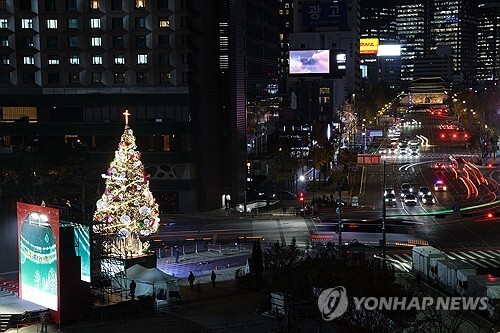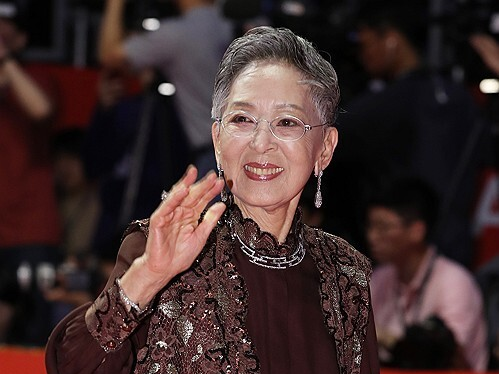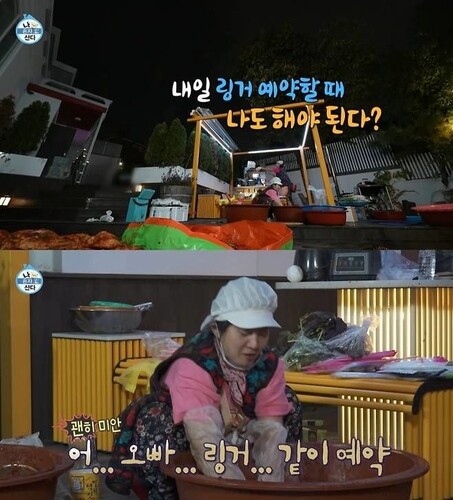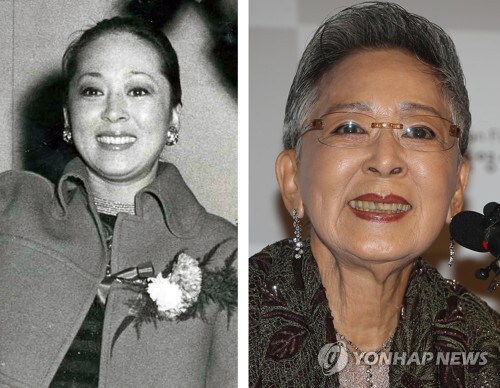by Ra Hwak Jin / An Hayeon
[ENG] Dried pollock that is frozen and dried like deodeok
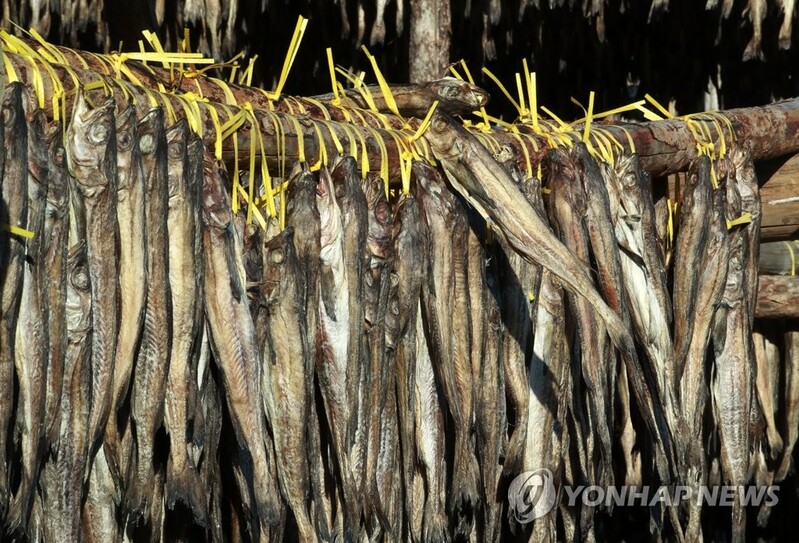 |
| ▲ This photo shows Hwangtae. (Yonhap) |
Hwangtae is dried pollock that is frozen and dried like deodeok. It refers to as dried pollock because it is myeongtae that has been repeatedly frozen and melted more than 20 times in the cold wind while hanging from wooden stands in fields called deokjang. Hwangtae is yellowish, as the flesh is light, soft, and has chewy meat and deep taste. It is effective in relieving hangovers, detoxifying soy sauce, and removing waste, and is used for seasoned, grilled, steamed, soup, and stew.
When hwangtae is alive in the sea, it is called a pollock. Pollock is a fish that has traditionally been caught a lot on the coast of Korea and has long been an essential fish for ceremonies, rituals, and traditional weddings. However, due to the rise in coastal water temperature on the Korean Peninsula due to climate change, pollock is not well caught on the coast and its main habitat has moved northward near Russia.
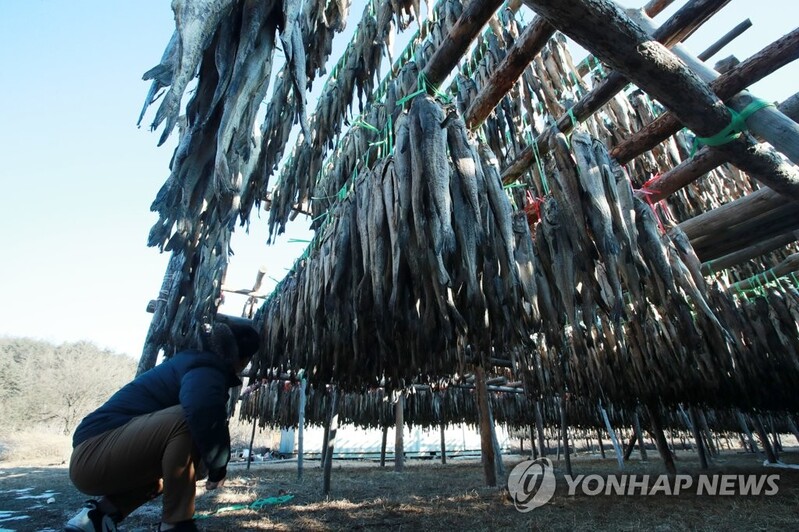 |
▲ This photo shows ripening Hwangtae. (Yonhap) |
Kodari is said to be dried by stitching four to five fish in a string after removing the intestines and gills. The white dried pollock is baektae, black is heuktae, and completely dried hard pollock is kkangtae. Young pollack is called nogari depending on the growth status.
Foods such as steamed pollock, dried pollock soup, saengtae stew, and grilled Hwangtae, which are common in Korean restaurants, can all be said to be dishes made of the same fish. Also, the snacks such as dried pollock and nogari, which are common in Korean beer restaurants, are from the same ingredient.
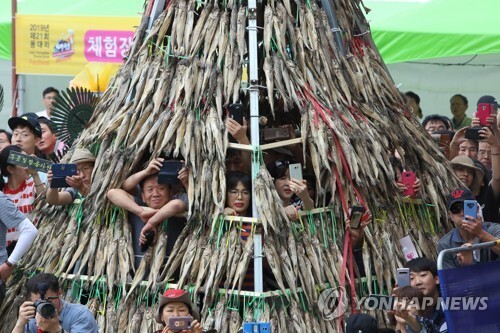 |
| ▲ This photo, provided by Inje, shows the 21st Hwangtae festival. (PHOTO NOT FOR SALE) (Yonhap) |
Yongdae village in Inje Gangwon Province is where Korea’s largest Hwangtae deokjang (the place where Hwangtae is hung up and dried) is spread out. In line with its reputation as the birthplace of Hwangtae, it is spectacular to see dried pollock being formed every winter. As of 2017, a total of 22 deokjangs (total area of 231,000㎡) are gathered in Yongdae 3-ri, which has a population of about 400. More than 20,000 tons and 30 million fish, which account for 70% of the domestic dried pollack, are built here in Yongdae 3-ri every year.
Yongdaeri became a Hwangtae village around 1963 when displaced people from Wonsan, who defected to South Korea after the Korean War, began to dry Hwangtae. This was the land that had all three elements: wind, cold, and snow necessary for pollock to become the Hwangtae.
When the cold wave comes in December every year, the so-called "Deokgeol" work of hanging pollock in deokjang also begins. The dried pollock caught in this way turns golden throughout the winter enduring snow, wind, and cold, and the phrase "the taste of dried pollock falls from the sky" originated from this.
In Inje, people can easily see restaurants and stores engraved with dried pollock on their signboards. In particular, in Yongdaeri, along the national road connecting Inje to Sokcho, there are many restaurants and shops like this. There are 16 Hwangtae restaurants in Yongdae 3-ri and 26 Hwangtae stores.
Although it has not been held recently due to the spread of COVID-19, the Hwangtae festival is also held every May to June to display various foods using Hwangtae and welcome tourists from all over the country with various events.
(END)
(C) Yonhap News Agency. All Rights Reserved







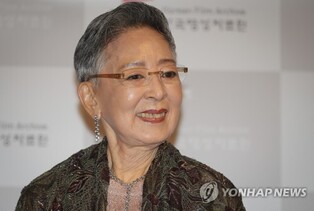

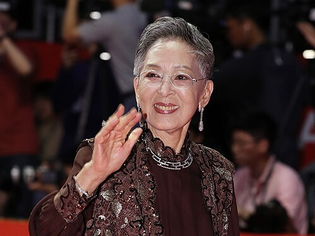
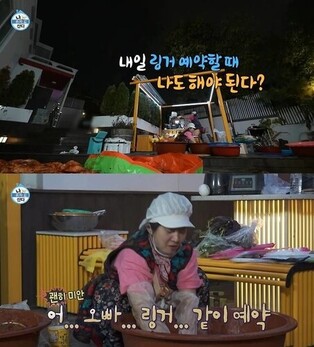
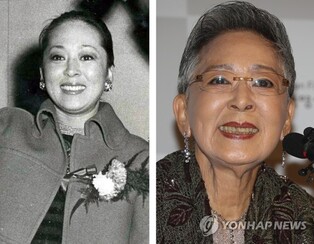
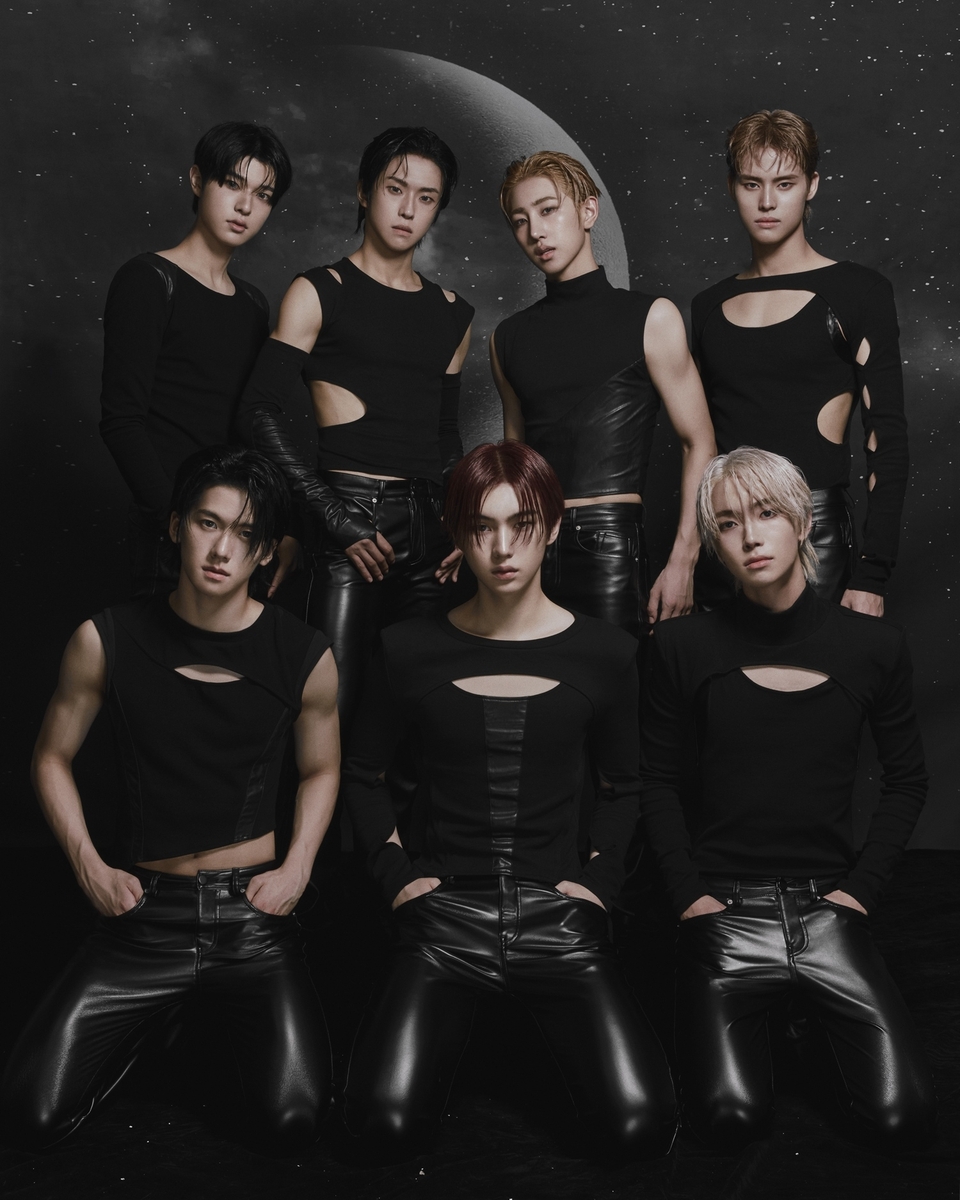
![[가요소식] 지코, 요아소비 이쿠라와 신곡 '듀엣' 발매](https://korean-vibe.com/news/data/20251212/yna1065624915953509_920_thum.jpg)
